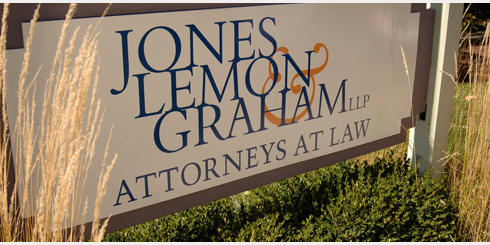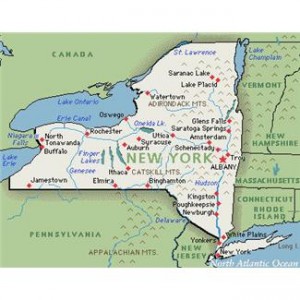Here we go again: Are these Claims based upon or do they arise out of Interrelated Wrongful Acts?
by Christopher Graham and Joseph Kelly
Whether multiple Claims are based upon or arise out of the same or related Wrongful Acts is a recurring issue in the D&O and professional liability insurance world. The answer often determines: (1) whether a Claim made after a Policy Period nevertheless will be deemed made during that Policy Period, as is required for coverage under claims-made policies; (2) whether a Claim made during a Policy Period will be deemed made before that Policy Period, so that coverage is inapplicable; and (3) how many retentions and policy limits.
Glasscoff v. One Beacon Midwest Ins. Co., et al., Case No. 1:13-cv-01013-DAB (S.D. N.Y. May 8, 2014)], available on Pacer, is yet another case involving the multiple Claim/related Wrongful Acts issue.
In Glasgow, the FDIC sent a demand letter to a failed bank’s directors, alleging breaches of duties relating to their role in the bank’s failure, including failure to supervise, manage, and conduct the bank’s business and affairs to ensure compliance with the law and regulatory authorities. That demand letter was a Claim made during the Policy Period of the bank’s D&O policy.
After the Policy Period, Investors sued the directors based on control person and indirect liability under Arizona securities laws, for the bank president’s actions in inducing Investors to invest with two bank customers.
The bank directors argued that the Investors’ Claim and FDIC Claim should be treated as a single Claim deemed to have been made during the Policy Period, when the FDIC Claim was first made. But the Court disagreed, granting the D&O insurer’s motion for judgment on the pleadings.
The Investors’ Claim couldn’t be considered a Claim made during the Policy Period, said the Court. According to the Court, the Investors’ and FDIC’s Claims weren’t “based upon” and didn’t “aris[e] out of the same Wrongful Act or Interrelated Wrongful Acts . . .”–which were prerequisites for treating the post-Policy Period Investors’ Claim as a Claim made during the Policy Period. “Interrelated Wrongful Acts” meant “Wrongful Acts which have as a common nexus any fact, circumstance, situation, event, transaction or series of related facts, circumstances, situations, events or transactions.” The connection between the Wrongful Acts alleged in the two Claims was too “tenuous.” The directors didn’t show any specific common fact, event, or circumstance. That the two Claims “ostensibly relate to [the directors’] oversight of [the bank president]” was insufficient.
Tags: D&O, New York, directors and officers liability insurance, related Wrongful Acts, Interrelated Wrongful Acts, professional liability insurance, management liability insurance, Claim
Category: D&O Digest, Professional Liability Insurance Digest Comment »

